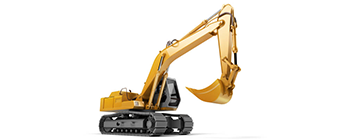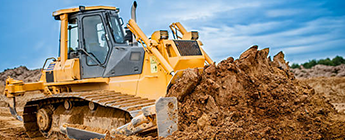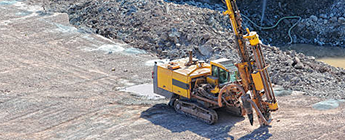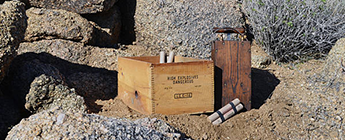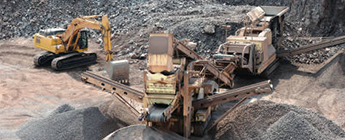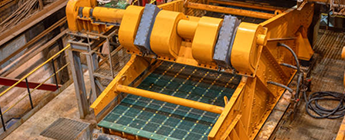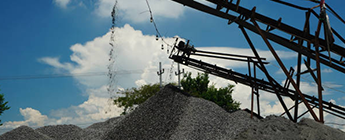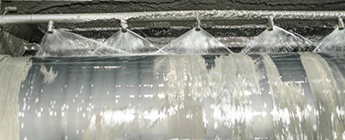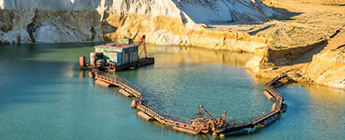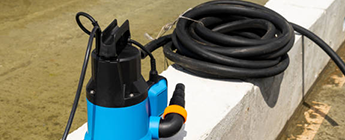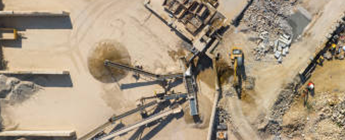Request a Quote

Our Equipment

Our Equipment
Machinery we use
Empowering mining excellence with cutting-edge technology and robust equipment.
The equipment used in mining businesses can vary significantly depending on the type of mining operation, the scale of the operation, and the resources being extracted. However, here's a list of some common types of equipment used in various mining operations:
